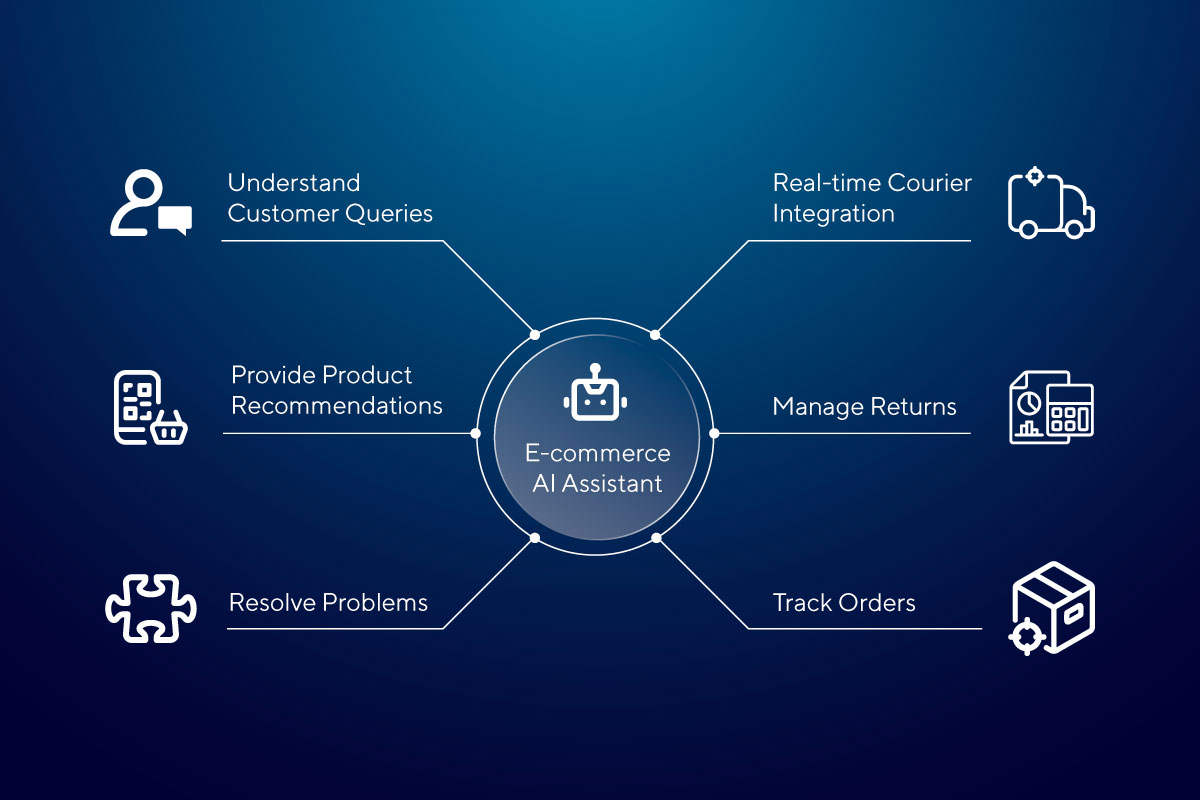Imagine having an intelligent agent that not only suggests the ideal timeslot and location for your holiday trip but also handles your flight and hotel bookings once you choose your destination. Now, consider how rewarding that same level of intelligent support could be at your workplace. With agentic AI, it’s what has been happening in business recently.
The exponential growth of the global agentic AI market further illustrates this trend. Although the global enterprise agentic AI market size was estimated at only USD 2,588.7 million in 2024, it is now projected to reach an impressive USD 24,499.1 million by 2030, growing at a compound annual growth rate of 46.2% from 2025 to 2030. Naturally, agentic AI has quickly become the latest trend in today’s tech landscape, sparkling widespread conversation.
The shift to agentic AI is transformative for business leaders. That is why it is essential that we explore what it stands for beyond the hype, how it can be applied in practice, and why businesses should consider its adoption.
What is agentic AI and why is it different?
So, what exactly does agentic AI mean? In an exciting keynote at VivaTech 2025, Paris, Nvidia CEO Jensen Huang discusses four waves of AI development: perception AI (computers recognize and analyze information), generative AI (computers generate text and images), agentic AI (computers solve complicated problems and execute tasks), and physical AI (manifested in robotics). At present, we are witnessing the wave of agentic AI, which represents remarkable progress in the technological ability to apply intelligence through perception, reasoning, and planning.
To better understand the concept, it is helpful to look at a possible definition. IBM, for example, defines agentic AI as: “an artificial intelligence system that can accomplish a specific goal with limited supervision. It consists of AI agents—machine learning models that mimic human decision-making to solve problems in real time. In a multi-agent system, each agent performs a specific subtask required to reach the goal and their efforts are coordinated through AI orchestration.”
Further, the same article describes agentic AI as a technology that builds on GenAI by using large language models (LLMs) to function in dynamic environments. If a GenAI model like OpenAI’s Chat GPT might produce text, images, or code, the agentic AI system can use that content to execute complex tasks autonomously by calling external tools. The key advantages of agentic AI are that it is autonomous (it can function without constant human oversight), proactive (it can make decisions and take actions), specialized (it can specialize in specific tasks), adaptable (it can learn from experience and adjust behavior) and intuitive (users may engage with it with natural language prompts).
Thus, unlike earlier waves of artificial intelligence, agentic AI represents a paradigm shift in autonomy. These systems are designed to pursue defined goals, execute tasks independently, and adapt intelligently within dynamic environments.
Real-world applications
As PwC showcases, agentic AI may be applied across industries and business functions. For instance, Siemens, reduced maintenance costs by 20% and increased production uptime by 15% by transforming its maintenance operations through the implementation of AI models that evaluate sensor data from machinery. The system anticipates equipment failures in advance, allowing for proactive maintenance scheduling. The multimodal framework analyzes data from multiple sources—such as vibration, temperature, and acoustic signals—offering a comprehensive perspective on equipment health and proactive maintenance orchestrated by agentic AI models.
Another compelling example comes from Sirma, which developed a state-of-the-art AI assistant/agent for the retail sector using natural language that helped improve customer service by instant automation of client questions. In brief, the solution can detect context, intent, and nuance in customer queries, troubleshoot issues, provide product recommendations, and resolve complex problems across multiple channels. It allows multiple integrations for crucial functions such as tracking orders, managing returns, etc. It also features conversational voice AI, location-based services, real-time courier integration, etc. Ultimately, it may be continually trained and enhanced to ensure ongoing improvement and accuracy, thus increasing customer satisfaction even further.

Takeaways for Business Leaders
PwC argues that “if integrated effectively, agentic AI can enhance efficiency, lower costs, improve customer experience, and drive revenue growth”. In a detailed comparison between the early adopters and late movers regarding agentic AI, the paper depicts a picture in favor of early adopters who are expected to have better market position, higher innovation, deeper customer relationships, streamlined operations, etc. To maximize ROI from AI investments, businesses should avoid the trap of the AI hype and focus on pragmatic steps that deliver value.
Against the pitfalls of the AI hype, IBM further discusses the phenomenon of FOMO – “fear of missing out”. Although it may be common for outsiders, businesses should keep in mind that not all AI projects drive business results. In fact, over the past three years, only 25% of AI initiatives have delivered expected ROI, and only 16% have scaled across the enterprise. To overcome the hype, successful CEOs should prioritize ROI-based innovation, as they should consider AI investment beyond cost reduction. However, the biggest risk of all seems to be not taking into account today’s disruptive environment and relying on old business models.
Finally, partnering with a capable technological provider like Sirma guarantees a successful AI journey. It can help overcome both technological (e.g. legacy systems) and business hurdles, paving the way for a comprehensive AI transformation.
Conclusion
Agentic AI is rapidly becoming a defining concept in today’s technological evolution. From headline topics at global conferences to tangible business applications, its momentum is undeniable. With the potential to significantly enhance productivity, reduce costs, and drive revenue growth, agentic AI offers a strategic advantage across diverse industries. Organizations that embrace this innovation early will be better equipped to lead in an increasingly competitive and dynamic market. Partnering with experienced software vendors like Sirma can ensure a seamless and effective transition into the era of autonomous intelligence.


